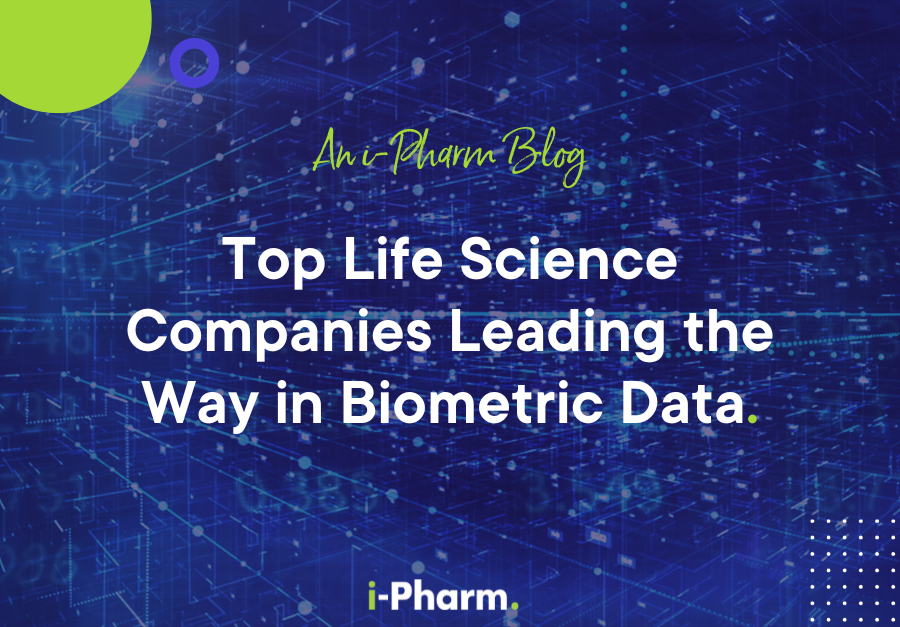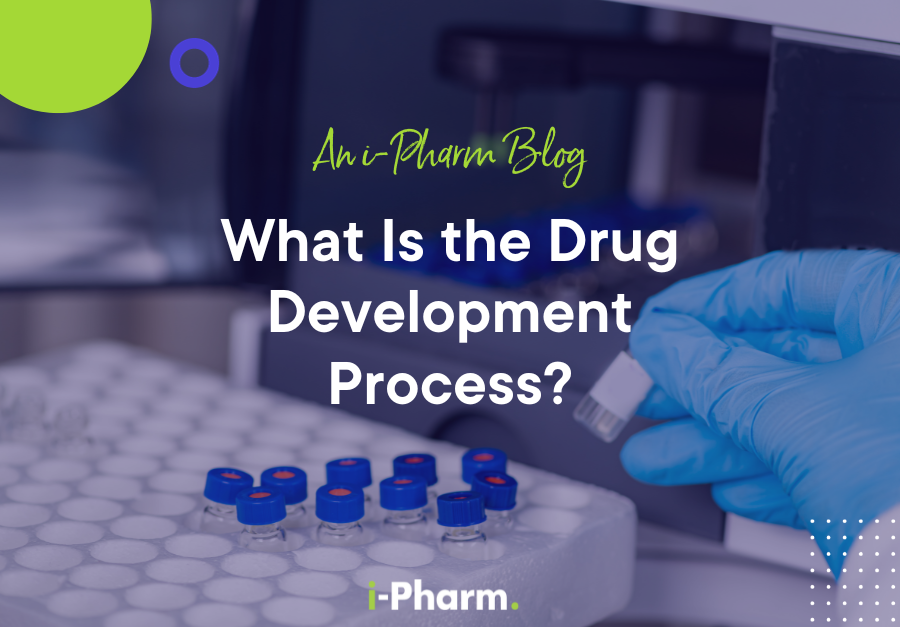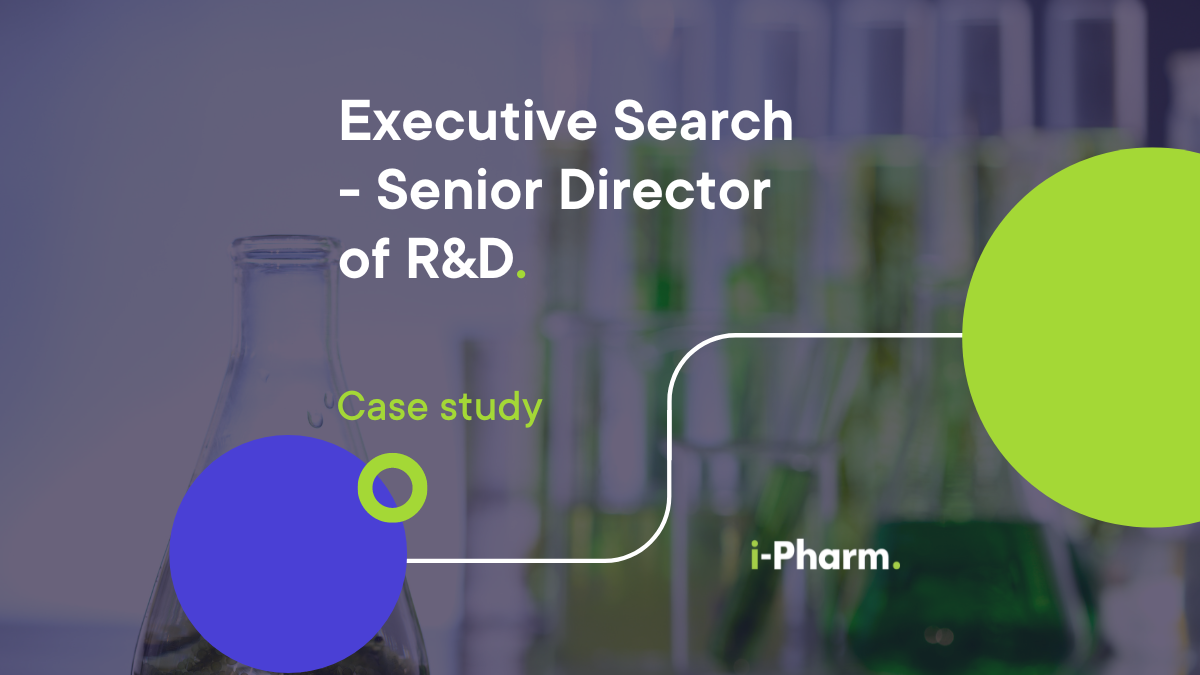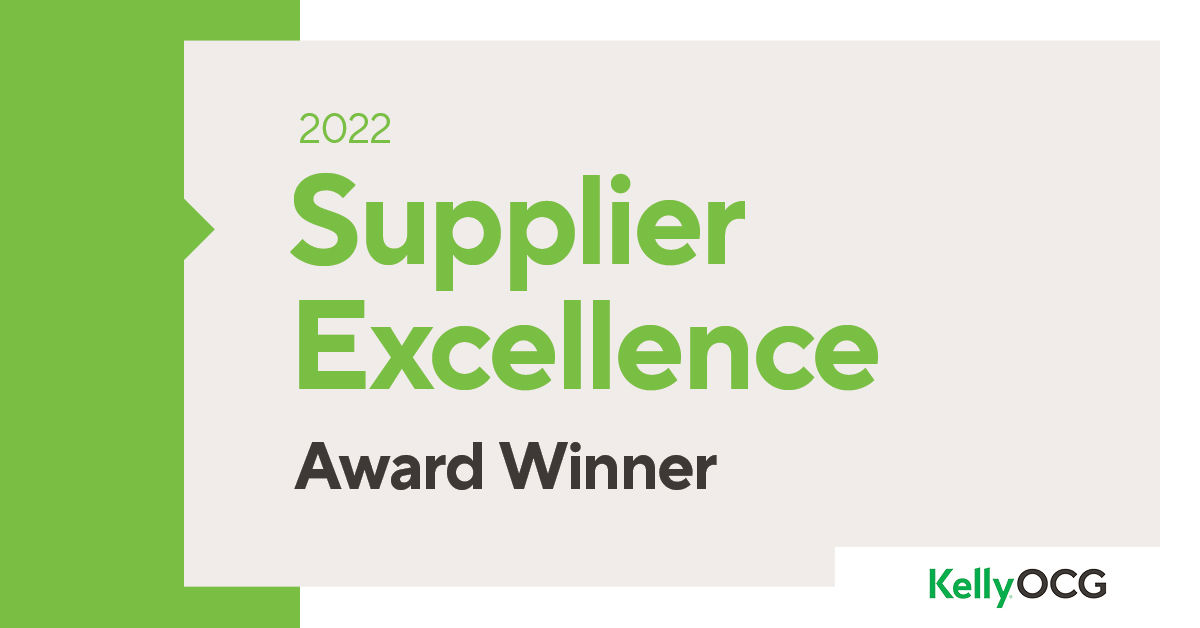The popular topic that is technology and life science
20 Jul, 20237 MinutesTechnology allows for all forms of innovation, regardless of the industry or sector. We use ...
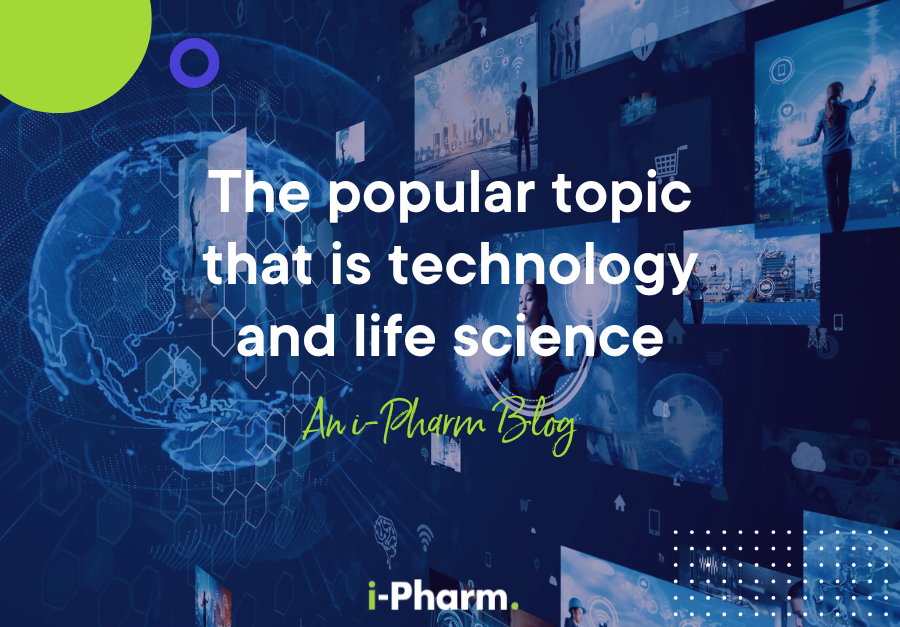
Technology allows for all forms of innovation, regardless of the industry or sector. We use technology every day, whether travelling, seeking information, or communicating with others. No matter what, we can’t avoid using technology. It has given us more freedom and an easier way of life.
This is also true within the life science industry. Through the development of medical devices, scientists have created and advanced treatments and cures for many illnesses. But how do MedTech, life science and biopharma organisations use digital technology to create new values and sort through decades of accumulated data?
As humans, we have a tendency to allow for too many variables in studies or other information gathering methods. This human error can greatly impact the outcome of trials and test results. Within companies, it would be virtually impossible for an individual to handle the magnitude of information that is produced on a weekly basis. To alleviate the strain, technology is used to ensure all the data is processed and allocated accurately.
Technology: Speeding up the Journey
Within the current decade, there was a great hurdle in the adoption of digital technology in 2020. COVID-19 has been the push that the industry needed for tech and its capabilities to be acknowledged and experienced on a global scale in an incredibly short amount of time.
There are new trends emerging every day, but the biggest that we’ve seen so far, include artificial intelligence, blockchain and machine learning.
Artificial intelligence has the potential to make the biggest impact on humanity. This integration will provide a strong framework for the entire clinical development cycle. However, it is worth noting this idea is not founded on mere hype and dreaming, a number of governments are investing vast amounts of money into innovating clinical trials, including, most recently, the UK and Australia.
We’ve also witnessed several different case studies about different forms of technology being used in the life science industry. Those include:
- Artificial intelligence
- Cloud-Based Services
- Data Analytics
- Blockchain
- Robotics
- 3D Printing
- Virtual Reality
Technology Moving Forward
As we enter into 2023, there are already technology trends emerging. We’ve outlined some of the trends that we are interested in and you may want to explore in the future.
AI
GSK, the pharmaceutical powerhouse, invested 33 MGBP into AI technology for small molecule discovery developed by the UK based Exscientia. This was in fact a huge deal that was made in 2017 between big pharma and AI. In 2019, the impressive duo produced its first drug candidate using AI, a possible therapy for chronic obstructive pulmonary disorder (COPD). This AI capability caught the attention of disease drug developer Celgene. Starting in 2019, worth 25 MUSD, Celgene is working to discover three preclinical candidates for cancer and autoimmune disease within three years.
The integration of artificial intelligence technology and life science is encouraging the development of innovation. Not only is it taking over the mundane tasks that drain a lot of resources away from important work, but it is finding the patterns that humans would otherwise take longer to recognise. Automation is phenomenal and it is time we put old habits to one side and allow for new waves of technology to help organisations face the challenges of 2020 head on.
Moving forward towards 2030, we will start to see the deeper integration of artificial intelligence and machine learning into the healthcare sector. Predictive analytics will allow for the earlier discovery of infections, support care providers in avoiding potential side-effects and allergic reactions to medicines and improving patient outcomes.
Cloud-Based Services
Cloud-based services have quickly spread to a number of sectors, which have chosen to rely on the resiliency and efficiency gains that can be made by moving from a server to a cloud-based IT infrastructure. Cloud-based services enable advanced data collection and analytics and allow for a standardisation of processes between sites for global or national enterprises.
With the common challenges of transferring to cloud-based services becoming easier to address—through the reduction of cost, the incorporation of data protection and compliance into business approaches, and the transformation of workforces through training and mentorship—the business case for investment into cloud technologies is increasingly making itself.
Through proving their usefulness in clinical trials, the research and development process, and the development of software and new medical devices, investment into cloud-based services for the life science industry is expected to reach $28 billion by 2028.
Data Analytics
Data analytics is a field driven by the desire to leverage information to innovate in many sectors—not just the life science industry. Despite this, recent trends in data and analytics continue to shape the life science industry, particularly in the healthcare field.
As we move towards more responsible uses of artificial intelligence and machine learning algorithms to diagnose illness and improve the therapeutic process, as well as in the drug discovery and clinical trial process, researchers in the data analytics field are looking at strategies for improving biases in autonomous systems, ensuring that all people receive equal treatment regardless of their race, sex, age, or disabilities.
Similarly, experts at the University of California, Irvine (UCI) and Los Angeles (UCLA) received a $1 million grant at the end of 2022 to develop data-driven methods for predicting future pandemics through the analysis of Twitter posts and comments.
By training algorithms to recognise trends, analytics can deliver insights to public health organisations on patterns in terms such as “fever” and “cough”. The future for data analytics professionals looks bright as we make our way through the 2020s, and their competence will be required to navigate an ever-more connected world in which diseases can be quickly transmitted between nations.
Blockchain
Technology trends are driving developments in how healthcare is delivered and promises to revolutionise our understanding of disease and illness. As digital and e-health offerings begin to grow in popularity, there is an opportunity for healthcare professionals to work alongside technologists to provide more equitable healthcare through the use of telehealth and e-prescription technologies.
In the United States, the Food and Drug Administration (FDA) are beginning to utilise blockchain technology to manage the pharmaceutical supply chain, securely track and store patient data, and monitor vaccine and drug distribution throughout the country. This blockchain technology has the potential to allow for data to be shared between organisations safely whilst also allowing public health professionals to recognise gaps and risks in the supply of essential medicines.
Robotics
With robotics playing a more noticeable role in the life science industry, we have already been able to recognise efficiency and productivity gains in a number of environments, including modern scientific research laboratories. By automating monotonous, repetitive, or time-intensive tasks, life sciences professionals can leverage advances in robotics technologies to support their research and development processes.
Likewise, in the clinical setting, sample testing and the analysis of bacterial colony morphology tasks can now be handled by robotic assistants, freeing technicians and healthcare professionals to conduct more complex tasks.
With an increasingly ageing population, as we move towards the middle of the century, robotics technologies will enable the skyrocketing demand for healthcare to be met effectively and within budgetary constraints, whilst the general maintenance of robotic devices is becoming cheaper, with less down-time through improvements to drive-train and motor technology.
3D Printing
There are many innovative uses for 3D printing in the healthcare and pharmaceutical sectors and the life science industry. Personalised medicine will become an increasingly important trend in healthcare as we move through 2023 and into the 2030s, and new tools will be required to address the complex requirements of patients.
From producing tactile and precise models for training and patient reference purposes, through the development of medical devices that can be quickly and cheaply multiplied, to the future promise of bioprinting and tissue engineering reducing the body’s rejection of organ transplants, 3D printing technologies present healthcare and life sciences professionals with an increasingly affordable solution to the problems presented in clinical practice.
With the healthcare 3D printing market expected to hit a global value of $19.5 billion between 2023 and 2032, technological advancements and productivity innovations in 3D printing will accelerate its adoption in the life science industry.
Virtual Reality
Virtual reality is revolutionising the life sciences and healthcare industries. From patient education and outreach to medical training and mental health therapies, care can be delivered in new ways and places—particularly in situations impractical to recreate, such as visualising anatomy or the events behind a patient’s complex PTSD.
With the market value for augmented reality (AR) and virtual reality (VR) in healthcare set to reach $9.7 billion dollars by 2027, investing in these technologies is quickly becoming a must for enterprises within the life science industry. Enabling remote support, transforming the practice of learning and knowledge generation, and facilitating social distancing in the case of infectious disease containment, AR/VR technologies have shifted from a “nice-to-have” to a “must-have” innovation to empower professionals in the sector.
By supporting business continuity through keeping operations running as workplaces shift towards a hybrid model and improving training—which increases employee and client safety and improves outcomes—implementing AR/VR technologies and keeping up with the trends in the sector are of continuing importance for life sciences professionals.
How is the Industry staying ahead of the growing pressure to progress?
Life science is without a doubt, one of the highest-ranking industries that is under increasing pressure to stay ahead, stay productive and stay profitable. As a result of this pressure, it has been put under the spotlight to evolve and create a successful relationship with artificial intelligence. There is room for incredible success if leveraged in the right way not only for the end result but from product mapping, planning, profiling and the manufacturing stages.
The pharma industry is relying heavily on the promises of new technologies to speed up their drug discovery deadlines. AI is notorious for its ability to handle mass amounts of data, and that is where it really works best. Luckily, the life science industry is sitting on mountains of data and new information is being added every single hour. Start-up in particular, over the last few years have been experimenting with AI to become more cost effective and time efficient, a huge help in the beginning stages of their establishment.
We should expect challenges along the way
Automation is undoubtedly a demand across life science, but there are few companies truly embracing technology, and its potential, to its full capacity. Another battle consistently discussed is that of benchmarking humans against machines; overall a pointless exercise. Both are needed for organisations to reap the rewards, which leads to a topic that concerns every business, regardless of its size and global reach, and that is how to attract the right talent into life science.
To obtain good quality talent your candidates and employees need three essential factors: autonomy, mastery and purpose. Life science has the ability to offer them, but what are you doing to make your company attractive? Embracing new technology will have a positive effect but how ‘sexy’ is your business in the eyes of an ambitious candidate?
Management needs to look closely as to how jobs can be designed to create machine-human partnerships. Meaningful work and the chance to be a part of emerging technologies could entice the next generation of talent. I don’t know about you, but I am very excited and intrigued to see what 2023 brings for technology and life science.
Want to be a part of the Technology advancement of the Life Science sector?
If you are looking to launch your career in life sciences, we would like to be your partner in that search! You can discuss your options or any questions with our team, who will be happy to answer any enquiries you may have.
You can contact us to speak to our expert consultants. As a specialist life science recruitment agency, we recognise the increasing role that technologically-astute candidates can play in the drug development life cycle, especially within clinical operations, data management, Quality Assurance and Technical Operations.
